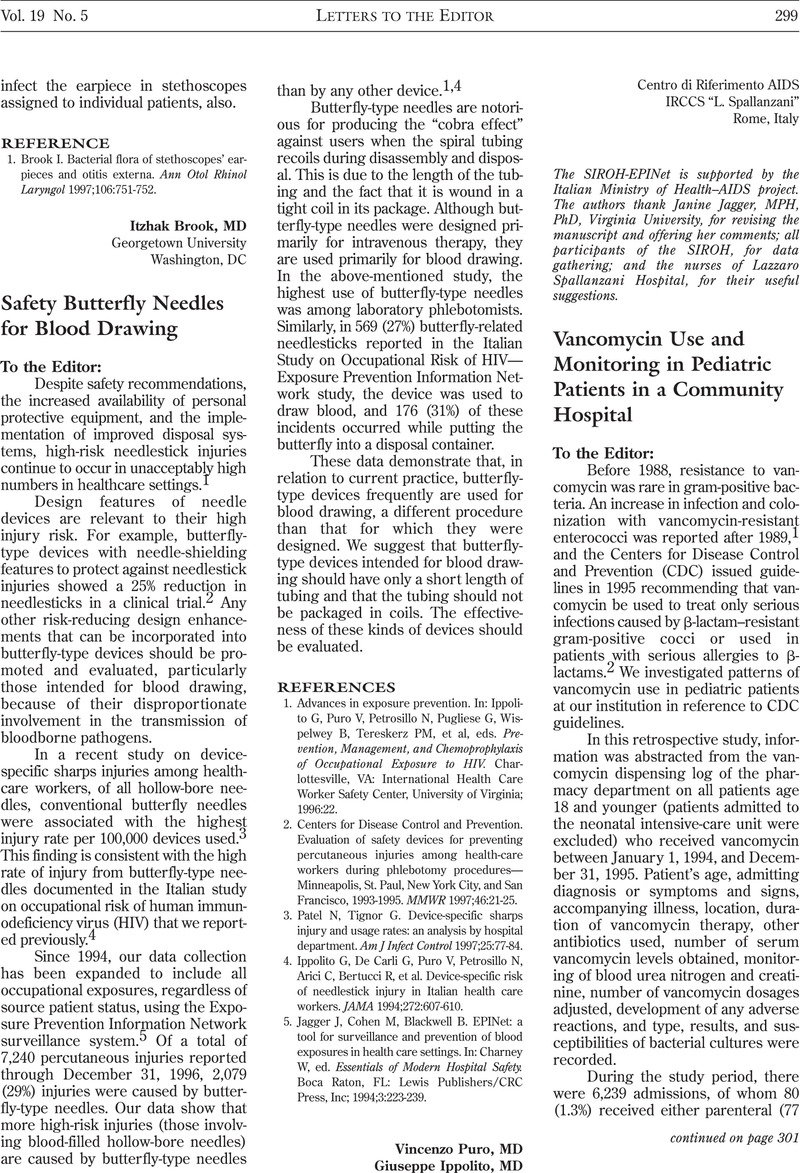1. Advances in exposure prevention. In:
Ippolito, G,
Puro, V,
Petrosillo, N,
Pugliese, G,
Wispelwey, B,
Tereskerz, PM,
et al, eds.
Prevention, Management, and Chemoprophylaxis of Occupational Exposure to HIV.
Charlottesville, VA:
International Health Care Worker Safety Center, University of Virginia;
1996:
22.
Google Scholar 